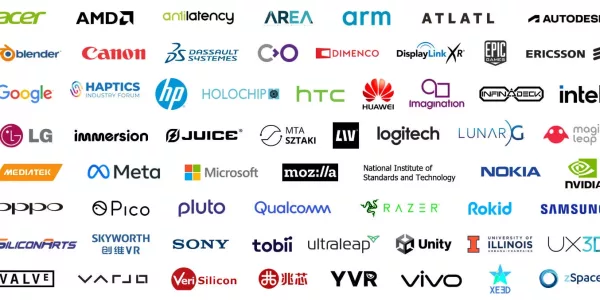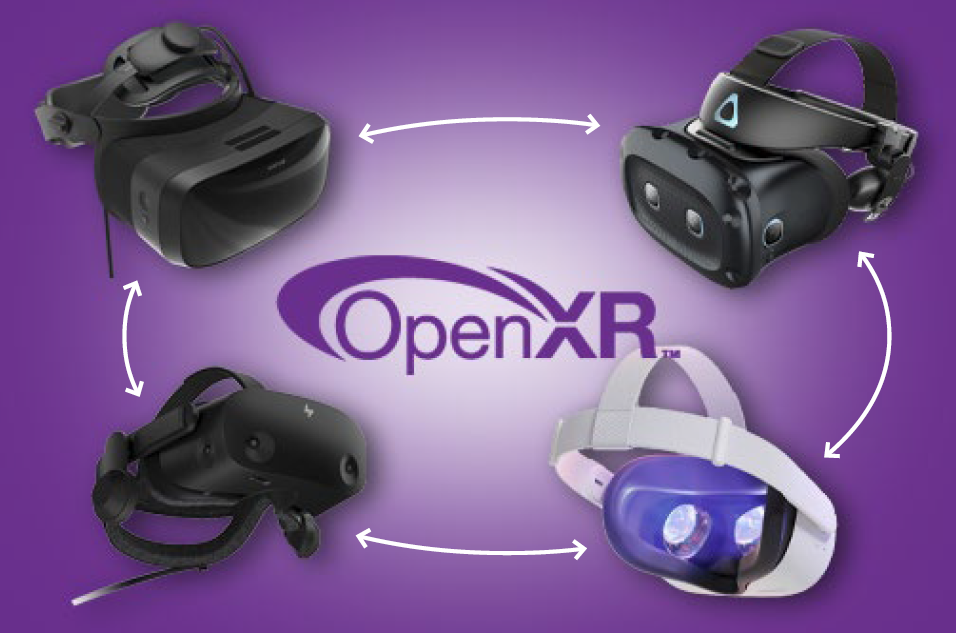OpenXR is an open source application programming interface (API) designed to simplify the development of virtual reality (VR) and augmented reality (AR) applications compatible with various hardware and platforms.
Compatibility made simple
The tool helps facilitate the compatibility of VR and AR applications with a range of equipment. We think, for example, of VR headsets and tracking devices.
Indeed, OpenXR offers the possibility of targeting both holographic devices, like the HoloLens 2, and immersive VR headsets, like those of Windows Mixed Reality, by writing code once, then making it portable over a wide range of applications. range of hardware platforms.
Example: Audace used OpenXR for digital training where an application was first developed for a wired Htc Vive headset, then quickly adapted to run on a standalone Meta Quest 2 headset. With this tool, the process was simplified and saved time for both developers and the client.
Scalable technology
Using a common base to support multiple headsets makes things simpler. Whether for application maintenance, updates or even bug fixes. This means that OpenXR saves time. Indeed, developers can work without worrying about the specific headset used. If some headsets are not available, others can be used for development without compatibility issues. Additionally, support for wireless standalone headsets enhances application portability.
Saving time and money
OpenXR offers significant savings in time and resources for VR/AR application developers. Previously, creating an app for a particular system often required a complete redesign to make it compatible with a different headset. With OpenXR, it is now possible to develop an application only once. The latter can then be deployed on different types of helmets. This development thus avoids the tedious repetition of development for each model.
Industry standardization
OpenXR is supported by many companies in the VR/AR industry. Chacune contribuent activement à l’élaboration des spécifications et des normes OpenXR au sein de l’OpenXR Working Group. Some companies have already integrated OpenXR support into their products and platforms. They have developed OpenXR tools, libraries and extensions to facilitate the development of applications compatible with this standard. This industry standardization helps drive consistency and compatibility across different VR and AR hardware and platforms, benefiting the entire ecosystem.

In conclusion, OpenXR simplifies the compatibility of VR/AR applications. It makes them scalable and easy to maintain, saves developers time and money, and contributes to industry standardization. It is a key tool for taking full advantage of VR and AR.

